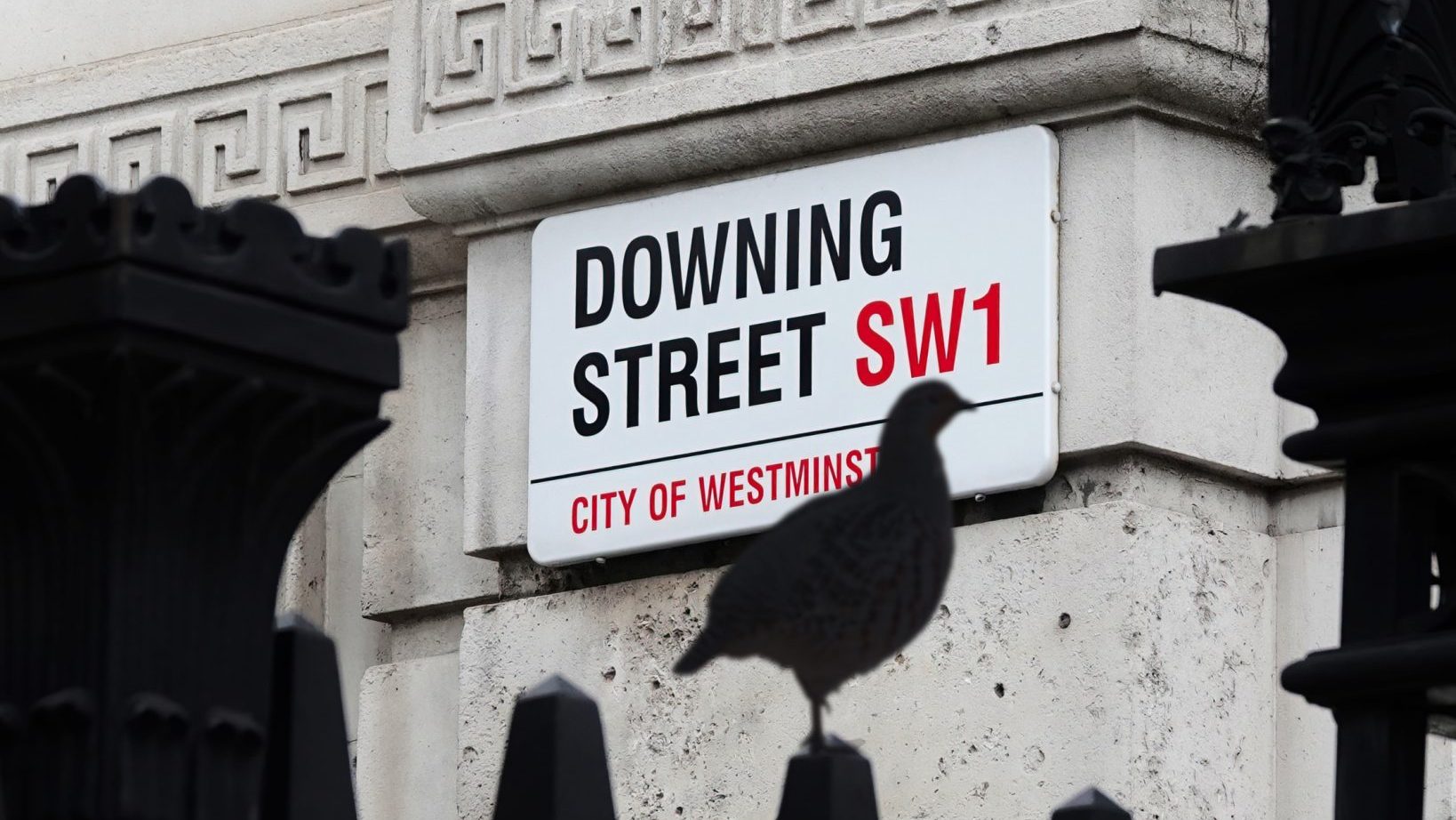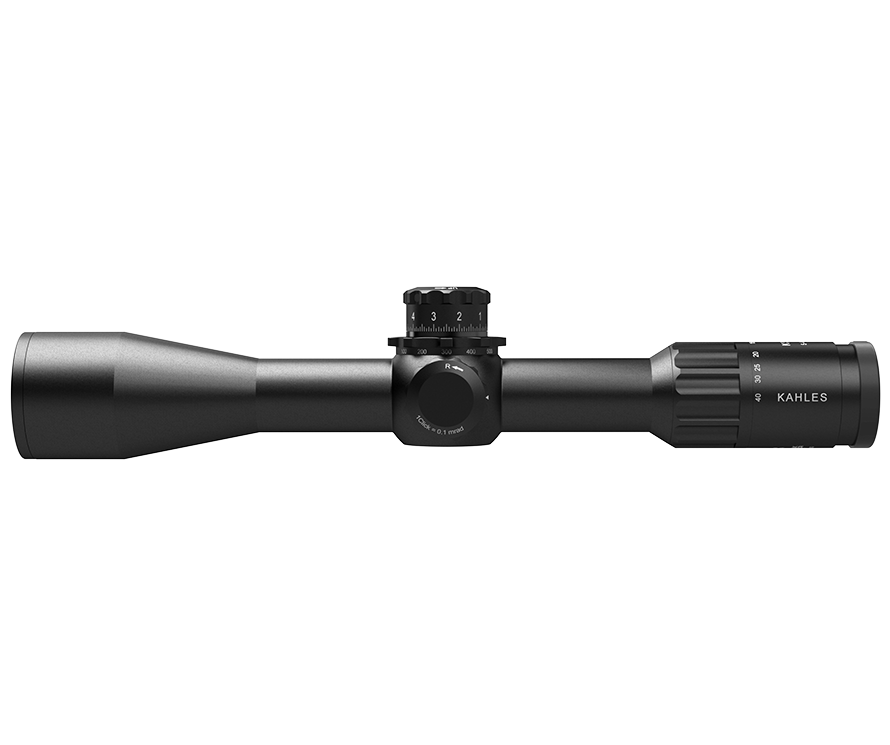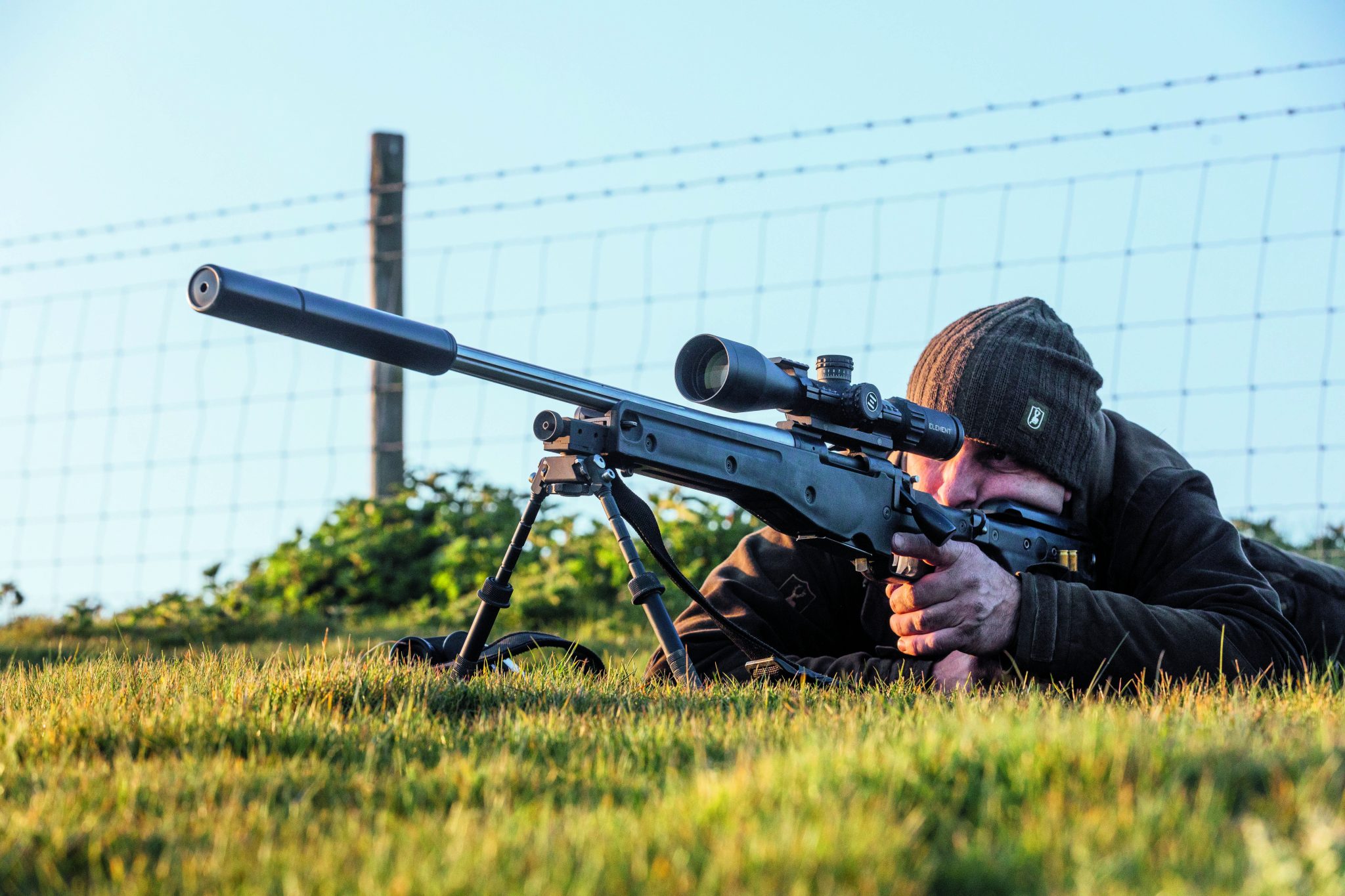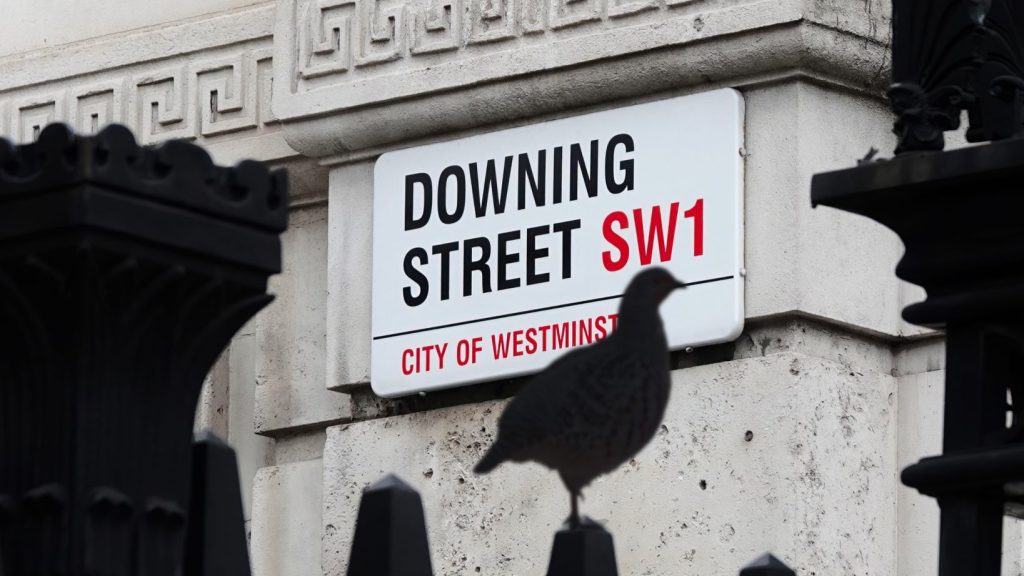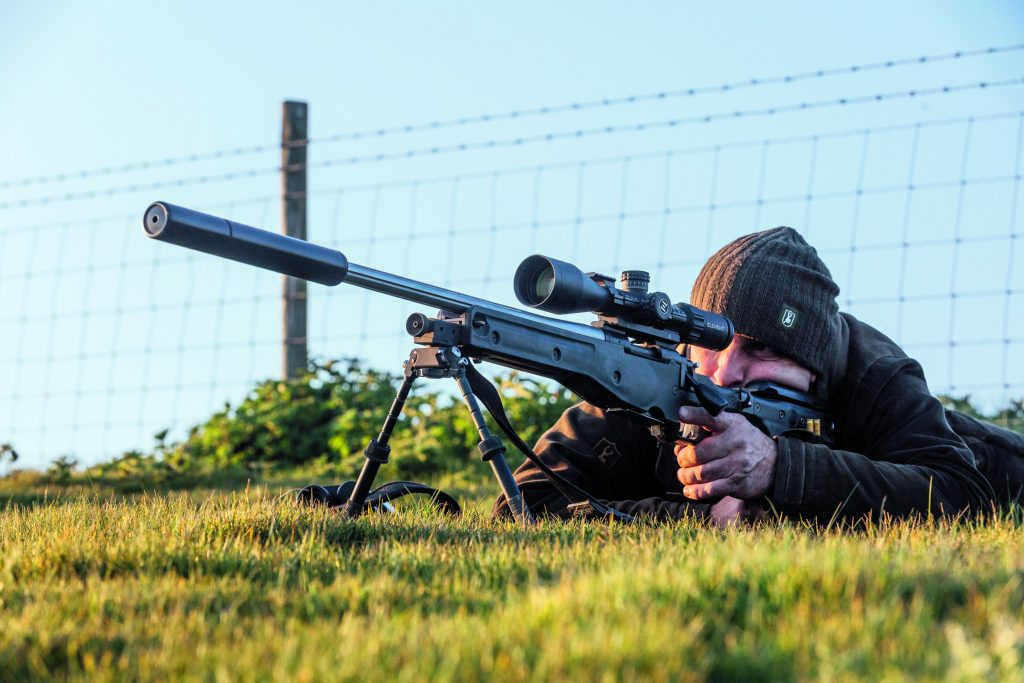News
How game managers can get the best financial and environmental rewards from their land
Would you like to speak to our readers? We offer sponsored articles and advertising to put you in front of our audience. Find out more.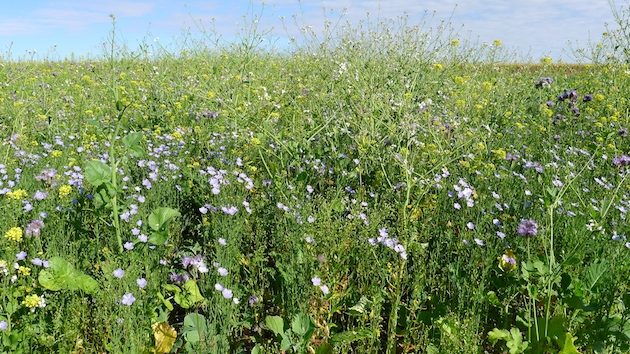
It is very easy for game and land managers to get sucked into the minutiae of detail involved in day-to-day jobs and chores. It is these important details that make a season work and allow you to adapt to changes in the weather or the demands of the shooting programme.
Do you take time to stand back and see what is ahead? Not just in the next week or month, but over the coming years? Times are changing and very quickly; you need to prepare to make the most of the significant opportunities rapidly approaching.
While they may not fall immediately within your radar, there are two key pillars to consider. Importantly, after an incredibly wet winter they become all the more relevant to you and your game management activity.
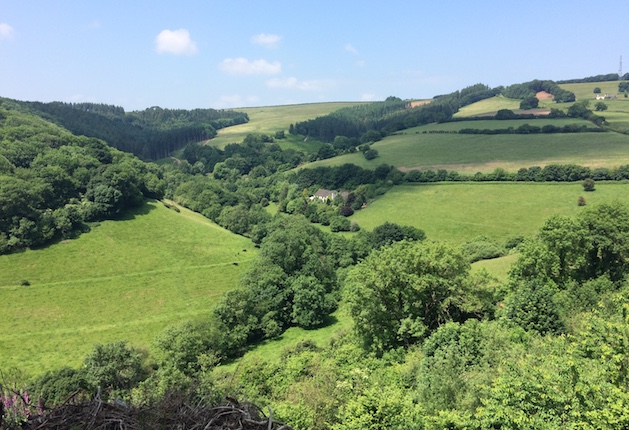
In the UK, the emphasis is changing from food production to land management
Agricultural policy
There has been an exhausting blast of political turbulence over the past three years with Brexit and the uncertainty associated with it.
That said, the direction of travel for UK agriculture and changes to the way it has been supported have been unfolding as planned. With a likely (dare I say it) settled period of politics for now, we should see significant progress over the next three years or so.
As we stand today, UK farmers are paid to farm their land through the Basic Payment Scheme (BPS) as long as they meet key environmental and best-practice requirements known as cross compliance, and allocate sufficient Environmental Focus Areas (EFAs).
Additional revenue is available should a grower decide to embark on a Countryside Stewardship (CS) agreement, which pays them to go beyond basic management of the countryside.
Payments for options such as wild bird seed mixtures, nectar pollen and supplementary feeding for farmland birds are commonplace. By 2027 the currently crucial BPS will come to an end, leaving growers at a crossroads as they work out what to do in future.
From 2024-25 we are likely to see the government in England deploy ELMS – the Environmental Land Management Scheme. This will replace CS and will be set up in readiness for the new era without direct farm payments for just farming the land. Instead, the new system will focus on rewarding growers with ‘pubic money for public goods’ which, in essence, means that if they deliver high-quality habitats, improve soils or safeguard water quality (ideally all three) they will be paid more for doing so. Conversely, putting in minimal effort and delivering poor results will bring reduced payments.
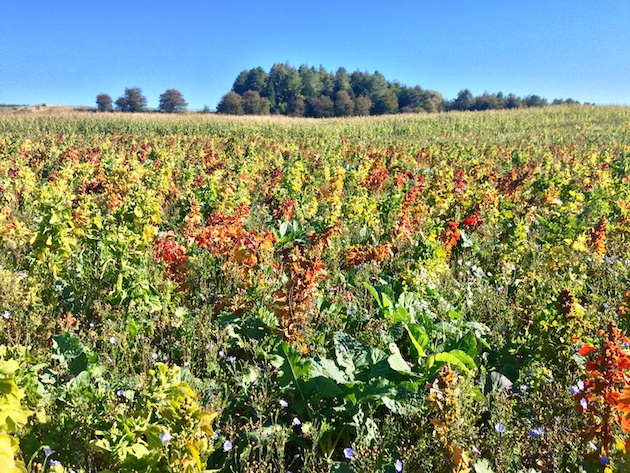
Electronic mapping can make it easier to decide where to plant cover crops
Natural capital
The final piece in the new jigsaw is ‘natural capital’. This is essentially woodland, water, soil, biodiversity, the air and the wider landscape – the resources you work with or enjoy your sport in and around. The greater the natural capital on your shoot, the greater the potential to earn revenue from it.
From a game management perspective, this presents a massive opportunity to realise the asset value, or potential asset value, for the future. More on how to measure and record this later.
Last but not least, within this arena is the ‘here and now’ – after record levels of rainfall and circa 50% of the UK winter wheat crop planted, there is currently a lot of bare land around. No doubt as you read this the spring crops will be going in at a level not seen for many years. Even if the autumn planting plans were derailed by the weather, growers still need crops in the ground to generate revenue. However, it is highly likely that there will still be many unplanted areas as they will simply be too wet.
While increasing changes in our weather patterns bring greater risk, they also bring opportunity. With maybe one or two application years left of the current English CS scheme, many growers are looking at their marginal land – which may be lying wet – thinking that now is a good time to get an agreement. New agreements bring both administration and hard work but they also bring five years of guaranteed funds.
With that in mind, now could be the time to strike if you have been pushing for some brood-rearing habitat (AB16 – Autumn-Sown BumbleBird mix paying £550/ha), pollen and nectar (AB1 – nectar flower paying £511/ha), (AB9 – winter bird food, paying £640/ha) or farmland bird food (AB12 – supplementary feeding for farmland birds paying £632/t). Great options, bringing valuable payments that create first-class habitats.
Technology
I’m sure you already have access to the latest night-vision or thermal kit for your vermin control, or may well be using trail cameras to monitor activity across the shoot, with images being sent direct to your smartphone. Both of these are great progressions, helping to improve your effectiveness and probably saving you time as well.
With such innovation available, how are you measuring and managing your game cover areas, stewardship options and other features involved with the shoot?
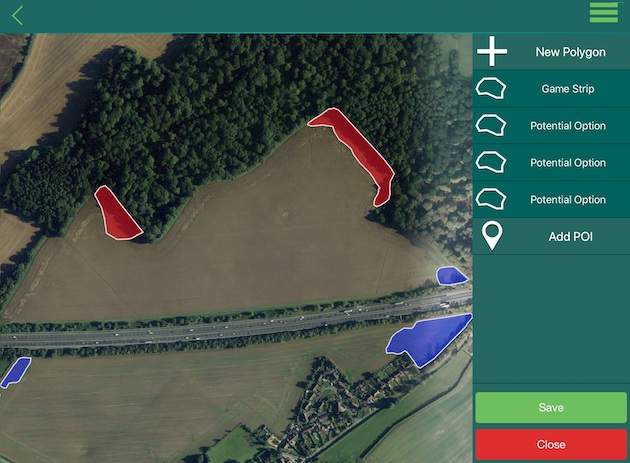
Areas mapped in teh field can then be edited or refined in the office or at home
Laborious process
Relying on Google Maps or a measuring wheel can make it a complicated and laborious process, whether you’re looking at straight lines or a new or amended cover crop area.
When we visit shoots across the UK, we regularly see carefully crafted photocopies of maps or sketches of game cover plots. Most are adorned with highlighter, pinpointing crops, defining access points and marking changes. Sometimes the ‘map’ is simply a scratch with a stick in the soil, or a quick drawing on the side of the pick-up. While useful to an extent, what happens with these maps when the farm manager changes the plan or the farm tenant relocates the allocated plot? With paper-based maps, it can become a frustrating game, often resulting with a trip back to the drawing board.
Thankfully, there is a simpler and more efficient way of doing this available within Frontier’s online farm management platform, MyFarm. A collaborative system that works from the computer at home, in the farm office and on your iPhone or iPad, its flexibility and ease makes it invaluable – and that’s before you start using it to measure, change, colour and name all your plots.
Even better is the ability to specifically fix points of interest by GPS, including an infinite host of features such as fox earths, rat-bait stations, shoot pegs, release pens, where you last saw a covey of grey partridges (including how many), high-seat location, crows’ nests and stewardship features.
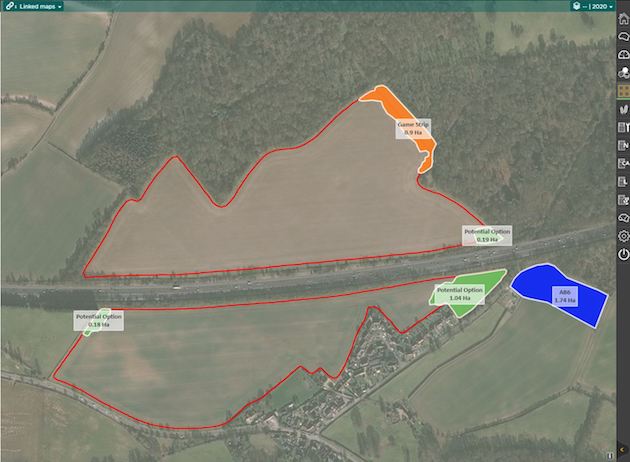
Software like iSoyl Scout can help you measure areas for planting more simply
Fantastic resource
Add to this the ability to add photographs to these points of interest and you have a fantastic resource that demonstrates best practice and progress within the development of your shoot. You can save yourself valuable time compared with trying to file and record everything manually.
Because of the policy changes mentioned earlier, being able to record your natural capital features also means you can capture exactly what is going on and create a Natural Capital Asset Register.
I appreciate this all sounds a bit ‘new age’ but rest assured, being ahead of the game will stand you in good stead for the future. When the farm or estate is looking to generate revenue after the BPS has closed, having an abundance of recorded and regularly updated features will help to support stewardship payments. If you have a record of what and where, that will suddenly become a very valuable asset and future bargaining chip.
The final element of this process is to work with the farm and use precision farming data such as that from SOYL. Assessing soil types, nutrient indices and yield data can help you identify areas of high and low production so you can ask whether a parcel of land is going to earn more revenue from growing a cash crop (livestock or grains) or a compliance or stewardship crop.
While I recognise topography and location often set the shoot cover agenda, surely you can never have too much good habitat?
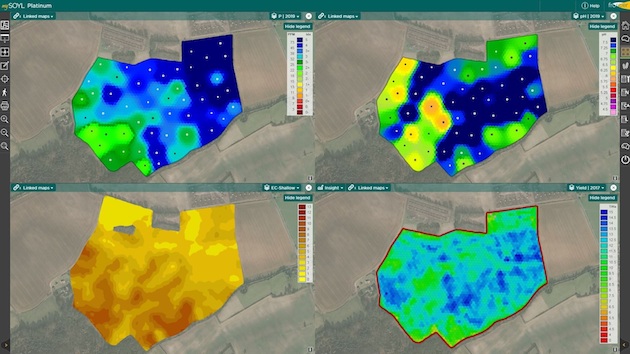
MySOYL allows you to map everything from pH values to soil electrical conductivity
What to do next
Change is taking place with more to come, so get yourself up to speed, ask the questions of those around you and make sure you are in the mix when it comes to discussing farm or estate policy.
Too many times we see the sporting requirements overlooked when, in many cases, some of the best environmental habitats delivered by stewardship agreements are managed by the gamekeeper or game department.
Ownership of the agreement and its associated options means much is at stake and a lot of physical and administrative work is involved. However, it’s worth the effort, and the revenue attributed to this from a stewardship agreement often helps to justify new kit or an additional member of staff who can help with feeding and vermin control.
Embrace the change, ready yourself for the next agricultural revolution, use technology and reap the rewards for your game and farmland wildlife.
Related articles
News
Anti-grouse shooting petition crushed by MPs who don't even shoot
Wild Justice's petition to ban driven grouse shooting was quashed in Westminster Hall yesterday, with all but one MP opposing the ban
By Time Well Spent
News
A sound decision as moderators to be taken off licences
The Government has finally confirmed what the shooting community has long argued – that sound moderators should be removed from firearms licensing controls
By Time Well Spent
Manage Consent
To provide the best experiences, we use technologies like cookies to store and/or access device information. Consenting to these technologies will allow us to process data such as browsing behavior or unique IDs on this site. Not consenting or withdrawing consent, may adversely affect certain features and functions.
Functional Always active
The technical storage or access is strictly necessary for the legitimate purpose of enabling the use of a specific service explicitly requested by the subscriber or user, or for the sole purpose of carrying out the transmission of a communication over an electronic communications network.
Preferences
The technical storage or access is necessary for the legitimate purpose of storing preferences that are not requested by the subscriber or user.
Statistics
The technical storage or access that is used exclusively for statistical purposes.
The technical storage or access that is used exclusively for anonymous statistical purposes. Without a subpoena, voluntary compliance on the part of your Internet Service Provider, or additional records from a third party, information stored or retrieved for this purpose alone cannot usually be used to identify you.
Marketing
The technical storage or access is required to create user profiles to send advertising, or to track the user on a website or across several websites for similar marketing purposes.

